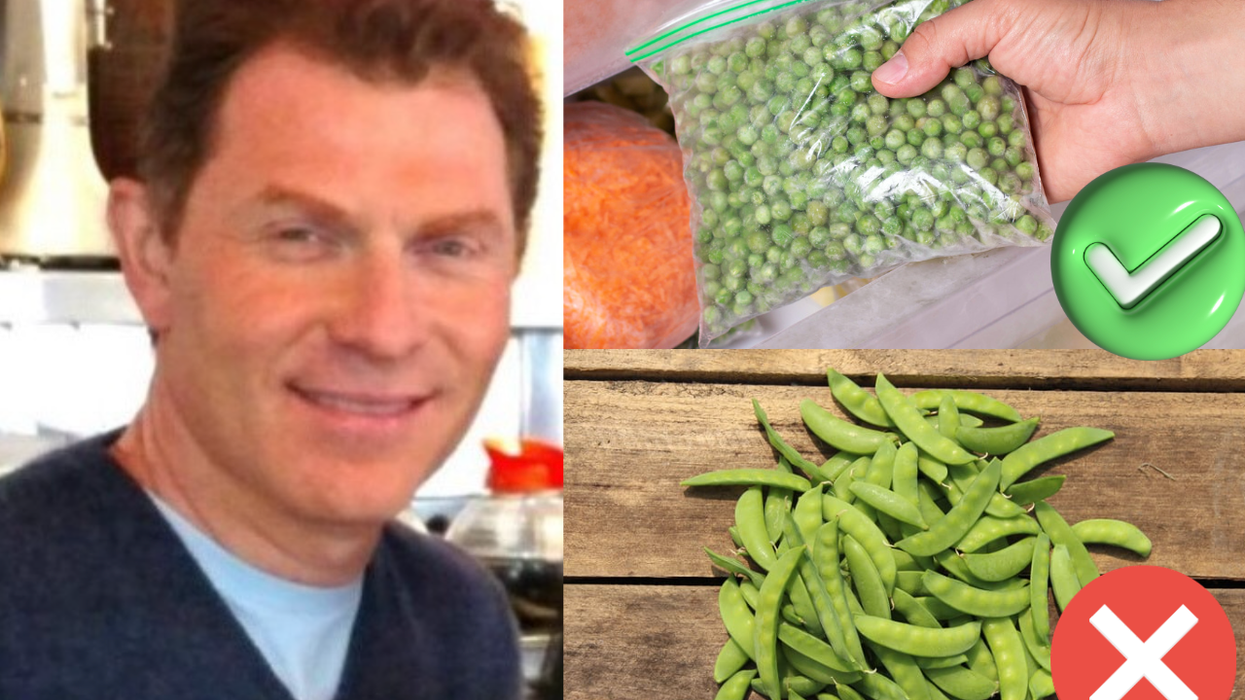This is the second post in the GOOD Guide to Healthy Living and Eating, brought to by GOOD with support from Naked Juice. Naked Juice drinks are made with one pound of all-natural fruit and veggies in every bottle with added boosts such as Vitamin B12, whey protein, and grape seed extract to help get you through a busy day.
With these fridge and pantry storage tricks, you can extend the shelf life of your healthy ingredients and make sure that they wind up on your dinner table instead of in the trash.
For the fridge:
Check the Temperature
To keep bacteria at bay, the FDA recommends keeping your fridge at or below 40° Fahrenheit. (The freezer should be somewhere between 0° and -18° F.) If you have an older, and somewhat untrustworthy model, check it regularly with an appliance thermometer. Also look out for any cold spots—often the bottom shelf and near the back—and place contents less likely to freeze, such as meat, in those areas.
Allow For Breathing Room
When items are crammed together in your refrigerator, the cool air is unable to circulate properly. Make sure you give everything a little space and avoid blocking any interior vents.
Keep Things Clean
Regularly wipe down refrigerator shelves and take care of any spills immediately to prevent bacteria from spreading.
Forget About That Egg Holder
Sure, it seems handy, but the door is often the warmest part of the fridge and therefore best used for the least-perishable items, such as bottled beverages, jams, and salad dressings. Eggs stored on a shelf in a carton can keep for up to five weeks.
Use Those Crispers
Fruits and vegetables give off different gases, so it’s best to separate them. If you’re able to control the humidity setting of the drawers, items such as leafy greens, cauliflower, and carrots benefit from high levels. (If you don’t have humidity control, rinse them and wrap them tightly in a paper towel and then plastic bag.) Produce that emit high levels of ethylene—apples, pears, and peppers—should be in low humidity. An ice-water bath might help crisp up lackluster veggies.
Be Smart About Dairy
Milk should be kept on the top shelf, where temperatures are most consistent. You can store hard cheese in its original wrapping until the first use. Then wrap it yourself in foil or loose plastic. The harder the cheese, the longer it will keep. For example, unopened cheddar can last up to six months in the fridge, but brie is only good for about a week.
Know Your Herbs
Leafy herbs, like cilantro and parsley, have the shortest shelf life and are best treated like flowers—trim the ends and keep them at room temperature in a glass of water. Heartier herbs, like rosemary and chives, can be wrapped loosely and placed in a warmer part of the fridge. If you have more herbs than you can hope to use in a week, chop them and freeze with a little water in an ice cube tray. You can thaw the cubes later for use in soups or sauces.
Show Leftovers Some Love
Place extra helpings in small airtight containers for easier cooling, but even if the contents are still warm, get them into the fridge within two hours of cooking.
For the pantry:
Remember that Cooler Isn’t Always Better
Certain foods—like bananas, avocados, tomatoes, garlic, and bread—can actually spoil more quickly in the fridge. Keep these guys on the counter or in the pantry instead. And if your produce isn’t quite ripe yet, let it hang out at room temperature until it is.
Don’t Put Anything on Top of the Fridge
The heat that it emits will wreak havoc on edibles—especially produce and wine.
Transfer Your Dry Goods
After opening a box of pasta or cereal or a bag of flour or rice, transfer the contents into an airtight container and label it with the expiration date before putting it back in the cabinet or pantry. This will also help keep weevils and other bugs out. (A well-placed bay leaf can further deter those little pests as well.)
Illustration by Matt Chase














